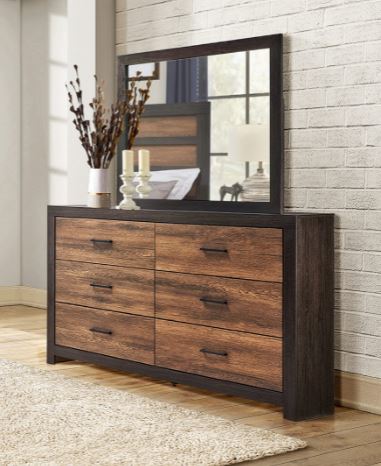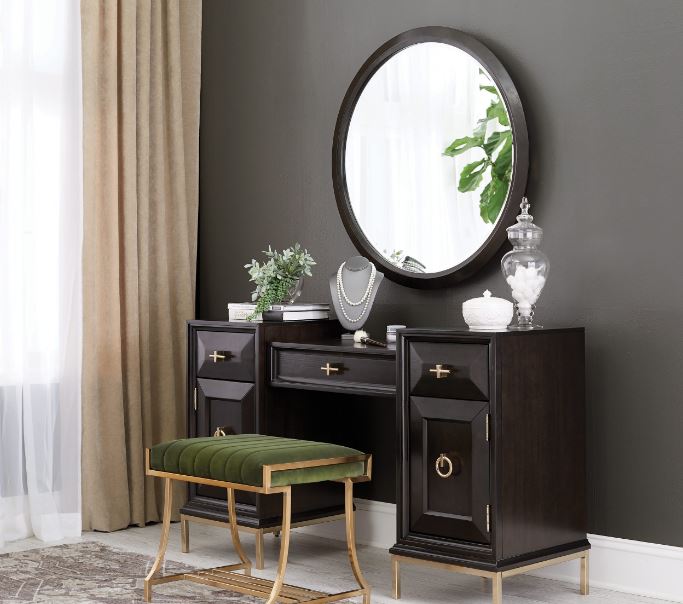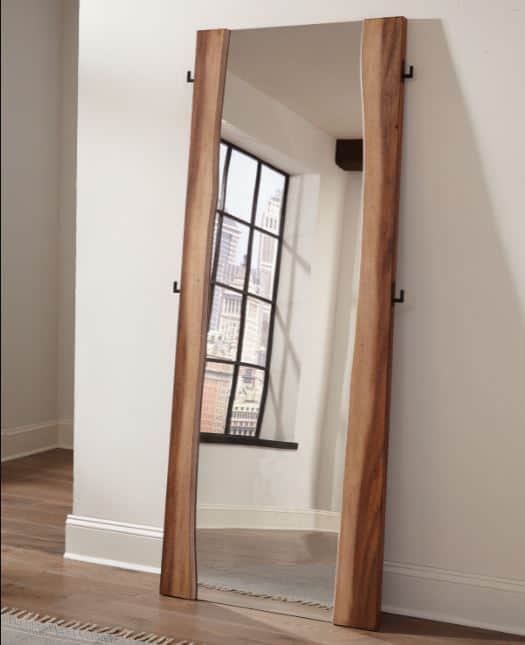Welcome, Home!
Our climate in Banderas Bay is tough on our furniture and décor. We have salty ocean air, strong winds, high humidity, harsh ultra-violet rays, and termites. These conditions mean that our furniture does not last as long as it would in other climates.
Items you will likely need to replace or fix within five to ten years are your mirrors. About five years in, you may start noticing small black spots, usually around the edges of the mirror. These spots are called desilvering. Desilvering happens in every climate, but more so here in the Bay due to our extreme humidity.

Did you know that the first known mirror originates around 2,000 B.C.? They were made from highly polished metal. In the 1400s, artisans began using glass to create mirrors. They applied tin foil and liquid mercury to glass which created a silvering effect. Silvering, or the silver coating on the glass, allows the mirror to sparkle, shine and reflect our image.
Today, mirror manufacturers use a combination of float glass and one of two methods for silvering. Although it is referred to as silvering, one of the common ways mirrors are created does not even use silver. Instead, a sheet of glass is inserted into a vacuum-sealed chamber that is heated. Molecules of aluminum, which have evaporated from the heat, affix to the glass. When the aluminum cools and hardens, it creates a reflective surface on the glass.
Another way manufacturers make mirrors is with liquid tin. After being washed and rinsed with distilled water so that no minerals contaminate the glass, manufacturers apply a layer of liquid tin. On top of the tin, they use a layer of liquid silver. The glass is then heated and sealed with a layer of paint.
Unfortunately, the silver and backing are susceptible to excess moisture and water. First, the backing comes off, and then the silvering starts to chip. To prevent desilvering from occurring, try to avoid splashing water on your mirror, especially when washing your face or brushing your teeth. If you have an exhaust fan in your bathroom, make sure to keep it on when you have a humid shower. Make it a habit to run your towel along the edges of your mirror rather than having it dry naturally. Clean your mirrors with a microfiber cloth or paper towel sprayed with mirror or window cleaner instead of spraying the cleaner directly on the mirror. Avoid any cleaner that is vinegar-based or contains ammonia.
Nonetheless, our humid climate makes it challenging to avoid desilvering of mirrors. There are two ways to fix the situation once it occurs. The first is to hide the spots by adding a frame. This method works when the black dots are on the edges. It adds a new look to your mirror and saves you from having to replace the entire glass. The other way is to resilver the whole mirror. Resilvering means chemically stripping the mirror of its backing and then reapplying the materials to the glass.

For most situations, it is easier and lower in cost to simply replace the whole mirror.
Want to purchase furniture that lasts in our climate in Nuevo Vallarta? We offer many solutions including turn-key furniture packages, shopping tours to Guadalajara/Tonala, rental furniture packages, and professional relocation services. Visit us at our Nuevo Vallarta/ Bucerias store: Av. Héroes de Nacozari 126, Zona Dorada (Open Mon through Fridays, 10 to 2).
Not currently in Nuevo Vallarta? Email us at furniture@solutionsmexico.com or Whatsapp us at +52 322 136 5156.

